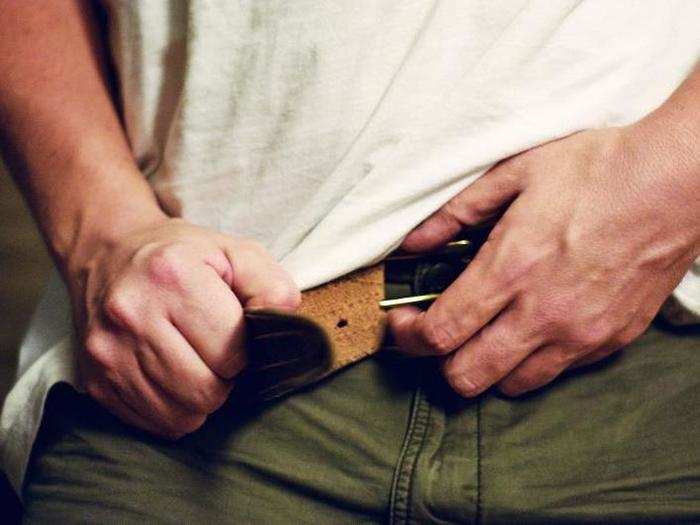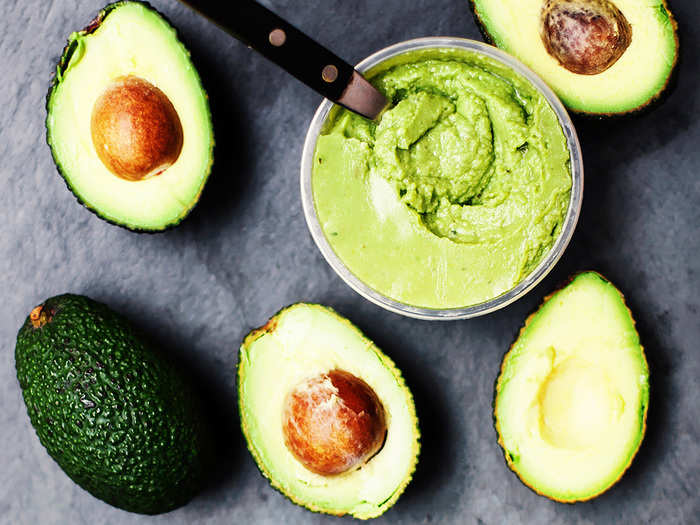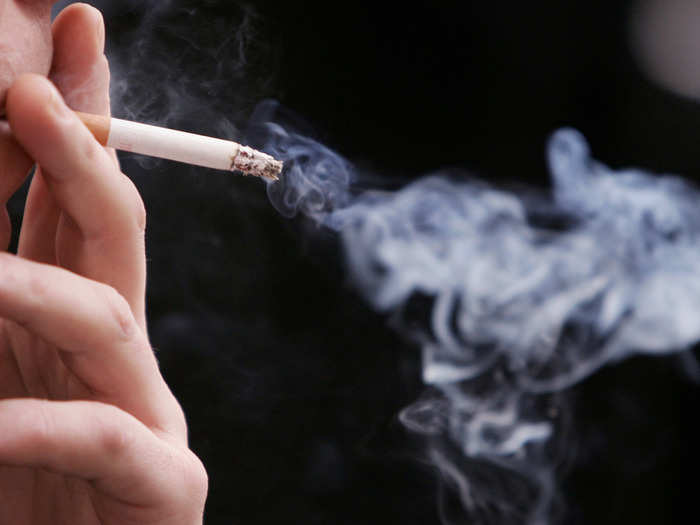7 things you can do right now to reduce your risk of high blood pressure
Blood pressure is measured out in two numbers.

If you want to lower your blood pressure, spend some time with family and friends.

Stress contributes to blood pressure, so enjoying time relaxing with family or friends is a great way to lower your risk.
The Mayo Clinic even suggests taking 15 or 20 minutes a day to simply "sit quietly and breathe deeply."
And being thankful is also great for your heart. A 2015 study showed that heart failure patients who spent more time appreciating life and giving thanks had healthier hearts.
"A more grateful heart is indeed a more healthy heart," study author Paul Mills said. "Gratitude journaling is an easy way to support cardiac health."
Jump around.

A bit of movement can also boost heart health.
When you become more physically active, the heart doesn’t have to work as hard to pump blood around the body.
And you don't have to be a pro-athlete to reap all-star benefits from exercising.
New evidence suggests that patients who start high-intensity aerobic exercise in middle age can reverse some of the dangerous and deadly effects of a life spent sitting in a chair or on a couch.
Researchers already knew a lifetime of exercising four to five days a week helps keep a heart healthy. But their new evidence suggests that even a person who shunned exercise for decades can change their ways in mid-life and become part of the heart-healthy crew.
Drink less.

If you are going to happy hour, moderation is key.
Having more than three servings of alcohol in one sitting can temporarily raise your blood pressure, according to the Mayo Clinic, and repeated binging can lead to more long-term blood pressure problems.
Some studies suggest that a bit of moderate drinking (especially wine) can help lower blood pressure and may also reduce a patient's risk for developing diabetes, but the science on that is still being debated.
Reduce the size of your waistline.

By shedding pounds around your middle, you’re increasing blood flow to the brain and reducing strain on your blood vessels.
A nice perk for both your body and your mind.
One of the easiest ways to watch your weight and reduce mid-section paunch is to focus on eating more filling, flavorful and fiber-filled foods like whole grains and protein, while cutting sugar from your diet.
Slash salt from your diet, and add in more fresh fruits and veggies.

Foods that are low-sodium and high in potassium are great options for heart health.
When you eat salt, the level of sodium in your bloodstream increases. This makes it harder for your kidneys to flush impurities from your blood, raising blood pressure. Even having just a little less salt in your diet can really make a difference.
Potassium is a natural antidote to the harmful effects of sodium on your blood pressure, so eating more fresh fruits and vegetables (think: bananas and avocados) can perform a double-duty favor for your heart.
Stress less.

Easier said than done, to be sure.
But stress can (literally) do a number on your blood pressure.
The good news is that many of the other things on this list, including exercising, eating right, taking time to breathe and slow down, as well as getting enough sleep are all good ways to deal with stress.
And finally, if you smoke, it's a good idea to quit.

When a smoker lights up, the nicotine they inhale triggers an immediate blood pressure spike. This spike is only temporary and doesn’t correspond with higher blood pressure levels throughout the course of the day.
But there are more long-lasting problems for a smoker’s blood vessels. The chemicals in tobacco can cause the arteries to narrow, and damage the lining of artery walls. That can prompt a spike in blood pressure. The American Lung Association says smokers who quit can start to reduce their risk of a heart attack in as little as two weeks.
Popular Right Now
Popular Keywords
Advertisement